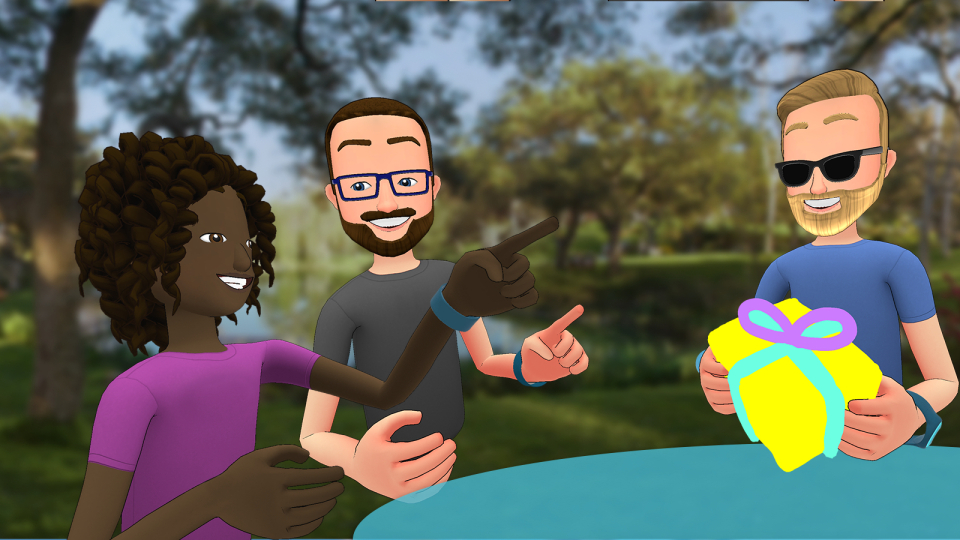
Facebook has announced Facebook Spaces, a Virtual Reality (VR) augmentation for its messenger service utilising Oculus Rift.
The social media giant says that this represents a new way to interact with friends on the service through the creation of virtual avatars in shared virtual spaces. The new functionality is currently in beta for Rift users.
This new product, announced at the company’s Annual F8 developer conference, San Jose, CA, marks the first entry into social VR since Facebook acquired Oculus for $2 billion in 2014.

In a company blog post Rachel Franklin, Head of Social VR, Facebook, said: “Spending time with friends and family creates many of our most meaningful memories, but it’s impossible to always be physically near the people we care about. That’s where the magic of virtual reality comes in.”
“Today, we’re introducing Facebook Spaces — a new VR app where you hang out with friends in a fun, interactive virtual environment as if you were in the same room.”
Among the features currently available is the ability to customise and create a virtual avatar, by choosing facial features, hair styles, and limited clothing options, with an aesthetic somewhere between Nintendo’s Miis and Xbox’s oft forgotten Xbox Avatars.
Facebook says that these Avatars will be placed in a customisable VR space allowing users to invite friends into the spaces and engage in a range of activities such as doodling in the air with markers, exploring 360 videos and photos, or reliving old memories from your timelines.
Perhaps most interestingly is that not everyone in the Spaces room requires an Oculus Rift to engage in the activities. Facebook says that any Messenger user can be invited into the call to see what is happening, naturally they won’t be able to see it in VR, but they will still have the opportunity to explore the 360 space, similar to how 360 videos and photos currently work on the platform.
The social network also stated that this is merely the beginning and they have plans to introduce and refine the current features as time goes on.






